And for which I promised a recipe in a recent post (December 15). Just the remedy for February’s chill. Go to RECIPE>
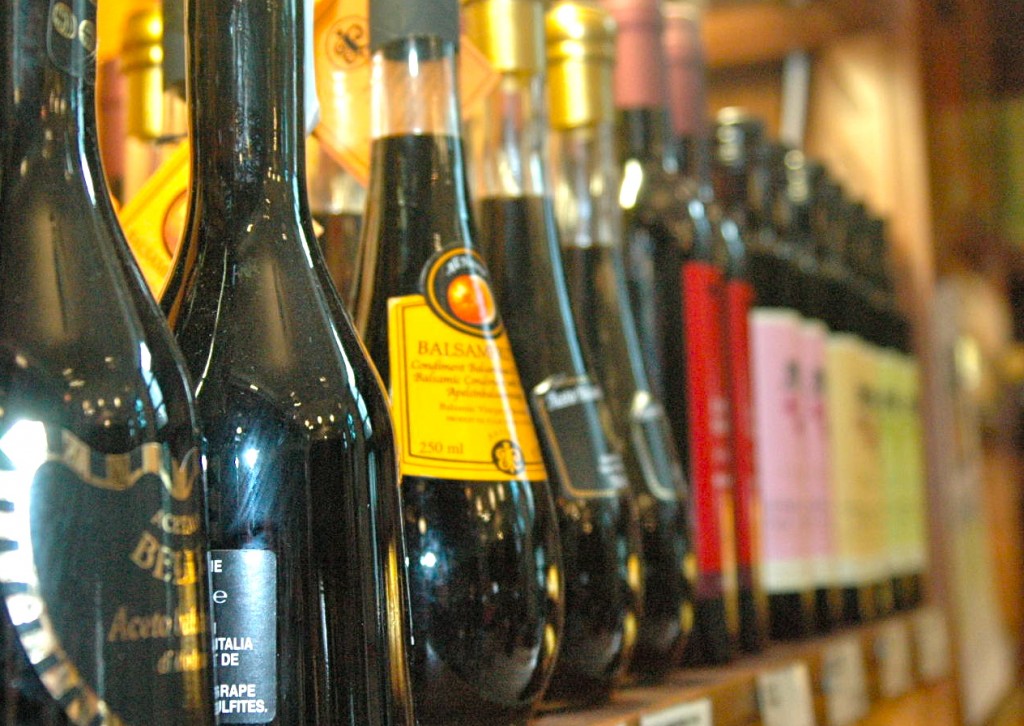
A splash of balmy genuine aged vinegar, like aceto balsamic di Modena, will do wonders for a beef stew. Photo by Celina della Croce
After I finished off producer Piero Catalano’s bottle of Suavis, the aged vinegar from Sicily’s desert island (“The Other Face of Balsamic” [December 15 post]), a small flask of Modena aged balsamic vinegar took its place in my cupboard. Unlike the Suavis, a souvenir from my September in Trapani (I drank it as a cordial, an “amen” to the day, blissful thimbleful by thimbleful and it was gone by January), aged Modena balsamico can be more easily replaced. These days, it’s sold in most self-respecting food specialty shops that carry Italian imports. So a generous trickle could be spared for the stew.
Actually, I made two versions of the stracotto, one with beef, another using veal; the first fortified with red wine and the aged balsamic vinegar, the other with dry Marsala–both were superb. Like the balsamico-spiked stracotto, the Marsala version, too, was sparked by my recent trip to Trapani and visit to Casano Vini, in the port city after which that often misunderstood wine is named.

The seaport city of Marsala, along the coastal road of Trapani province: photo courtesy of Trapani Cambio di Commercio
Like Piero’s farm on Pantelleria island, the Casano cellar is a family affair. Founder Antonio Casano started making Marsala in 1940 and his daughter and heir, Giovanna, and her family still do, growing the grapes in fields that flank the sea and the Trapani salt flats; picking and hand-drying two varieties for Fine- (aged one year), Superiore- (aged at least two and up to four years for the Riserva), and Vergine- (minimum five years; over ten for the Riserva) category Marsalas.
The Fine is generally used for cooking. Naturally, I asked Signora Giovanna how she plies Marsala in the kitchen. Her answer: “Una spruzzatina di Marsala ci mettiamo di pertutto,” “We put little splash of Marsala in everything.” “Everything,” by her account, spanned anything from ragu to the expected veal scaloppine, sausage and peppers to swordfish, strawberries, and a profusion of sweets from gelato to tiramisù.
That said, perish the notion of so-called “cooking wine” as Americans have come to know it. Somewhere, somehow, a long time ago, mass-produced, cheap Marsala was “sold” to Americans by public relations people as specifically “cooking wine”–a term synonymous with that bottled horror stocked by supermarkets that can no more be cooked with than swigged. The American spin on Marsala is so pervasive that Signora Casano’s daughter-in-law, Simona, described their Fine “cooking wine” as she decanted it into our goblets.
“But why do you call it cooking wine?” I asked, flummoxed. “Because that’s what the Americans call it,” she said, suggesting that such a label elevated, as it would do in Italy where, for example, in Piemonte, another land of noble grapes, a beef rump might be braised for three hours in an entire bottle of Barolo.
In fact, Marsala once stood shoulder-to-shoulder with Sherry, Port, and Madeira as one of the great fortified drinking wines of the world. In cooking, quality wine produces quality results.
Here is my recipe for stracotto. It can be varied in endless ways. Use beef, lamb or veal; red wine (for beef or lamb) or white (for veal); flavor with thyme and parsley instead; include mushrooms or not. Lamb loves it all (though not all at once). Stracotto is made all the more luxurious with a simple swirl of genuine, thick aged balsamic vinegar (don’t mistake the watery, commercial fast-made so-called balsamic vinegar for the right stuff) after cooking (beef), or by saturating the meat (veal) with dry Marsala after browning.
———————————————————————–
Stracotto
Long-Simmered Stew with Cinnamon and Cloves
Serves 4
Adapted from Italian Home Cooking: 125 Recipes to Comfort Your Soul, by Julia della Croce (Kyle Books, 2010)
Copyright Julia della Croce 2011
The slow cooking method results in butter-tender meat and plenty of intoxicatingly rich, winey sauce, making stracotto ideal to serve with bread, steaming polenta, or puréed potatoes. If you procure genuine (and pricey) balsamico, resist the temptation to add too much–two tablespoons is just right; more would sweeten far too much. To preserve its striking flavor, don’t cook it–turn off the flame before you stir it in. Alternatively, for veal stracotto, use veal shoulder steaks, with or without the bone. Trim excess fat and cut each steak in half. If there is a bone, include it, as it will add flavor to the sauce and be sucked for the marrow like a miniature osso bucco. When using veal, substitute dry Marsala for red wine–no balsamico at the end.
3 pounds stewing beef, trimmed of excess fat, cubed (or substitute the veal)
5 tablespoons extra-virgin olive oil
2 ounces pork fat back, cut into matchstick strips
2 onions, chopped
5 large cloves garlic, smashed
2 bay leaves
1 teaspoon minced fresh marjoram, or ½ teaspoon crumbled dried marjoram
1 cinnamon stick
½ teaspoon ground cloves
3 carrots, cut into dice
3-inch strip of lemon zest
1½ teaspoon sea salt, or to taste
freshly ground black pepper
3 tablespoons all-purpose flour
3 tablespoons tomato paste
¾ cup good quality, full-bodied dry red wine, such as Chianti (substitute dry Marsala if using veal)
1 tablespoon unsalted butter
2 tablespoons genuine aged aceto balsamico (balsamic vinegar) if using beef only–if using veal, omit the balsamic
1. Use paper towels to blot the moisture from the surface of the meat well.
2. In an ample Dutch oven with a wide pan surface, warm the olive oil over medium heat and add the fat back; sauté until lightly browned, 2 to 3 minutes. Use a slotted spoon to transfer it to a dish and set aside. Add the beef to the pan and brown it on all sides, about 12 minutes. Transfer the beef to the dish with the fat back. Wipe the pan with a paper towel.
3. Add 2 more tablespoons olive oil to the pan and stir in the onion, garlic, bay leaves, marjoram, cinnamon stick, cloves, carrots, and lemon zest. Sauté until the vegetables are lightly colored and aromatic, about 6 minutes. Return the beef and the fat back to the pan, season with salt and pepper, and stir. Sprinkle the flour over the meat. Stir in the tomato paste mixed with a little water, then the wine and enough water to barely cover the meat. Cover and cook over low heat until the meat is tender, about 2 hours. If the meat is still tough, cook longer (grass-fed beef may need as much as 3 hours). Add water as needed during cooking to prevent the meat from drying out and to ensure plenty of tasty pan juices. Stir occasionally. A good rule of thumb is to keep the liquid at half the height of the meat.
4. When the meat is done, turn off the heat; remove the bay leaves and lemon zest. Stir in the balsamico, if using. Taste for seasoning and serve.

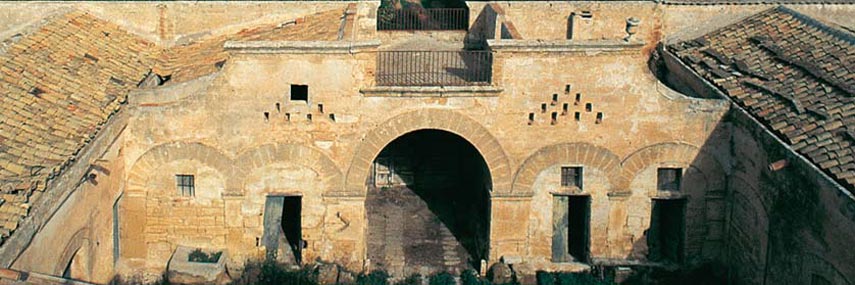
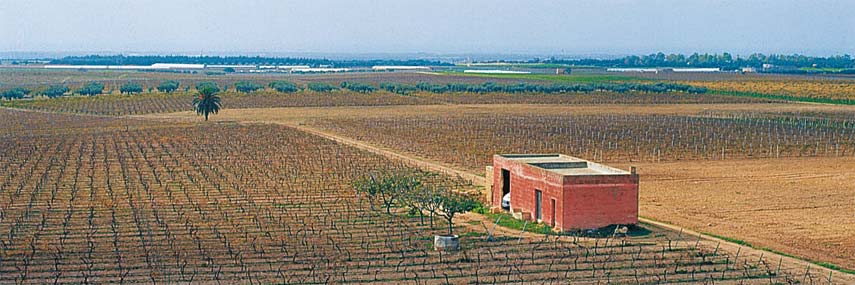
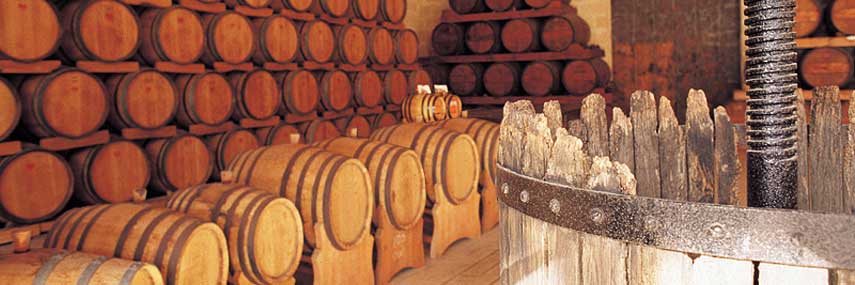
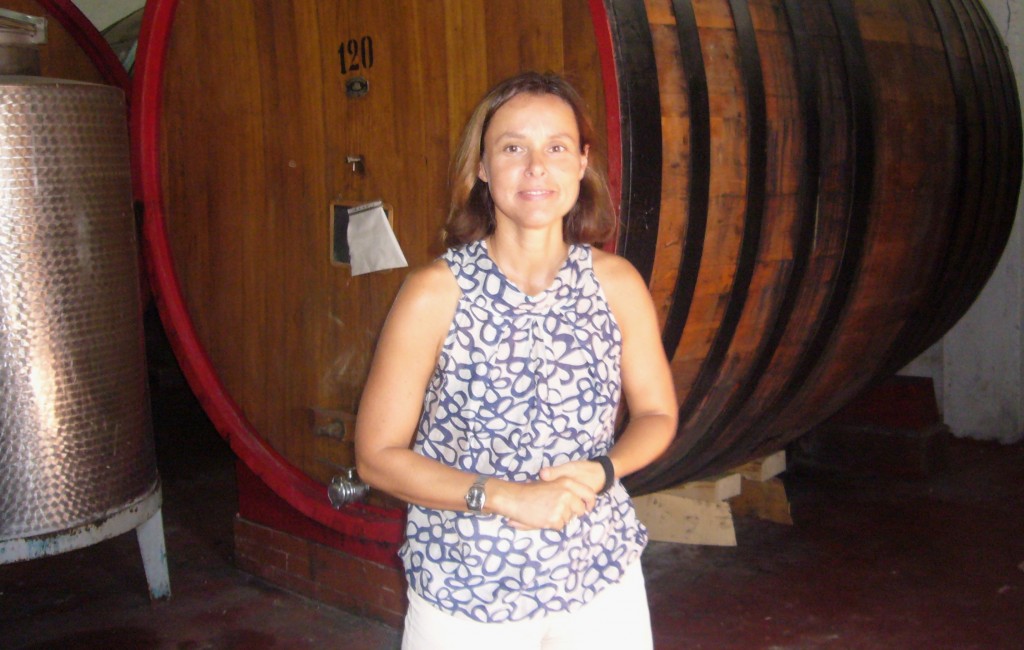

 Follow
Follow
 email
email
[…] Julia Della Croce: A veal Marsala recipe that does justice to both ingredients. — Julia Moskin […]
[…] Julia Della Croce: A veal Marsala recipe that does justice to both ingredients. — Julia Moskin […]
So many comments to the posts–but sent directly to my email address! I’ll cut and paste some here…
“My dear Julia:
What I’d give to be able to serve STRACOTTO the way you do it!!!
I logged on to your link and perhaps just perhaps I will try it one weekend.
Thank you so much!”
Juliet
My dear Juliet, it is so easy to make stracotto! Italian cooking is fundamentally about simplicity. Don’t let the number of ingredients throw you off here. If you follow the method you’ll have success. Once you’ve made it you can make variations, like those I’ve mentioned. Let me know how it goes!
And another, redirected from my email box:
Brasato, Stracotto, Stufato. The three slow cooking methods of italian cookery.
Julia it may be good to talk about what differentiate the three methods, in one of your Forktales issues. Tony May
We’ll revisit brasato, stracotto, stufato methods in a future post…
Julia. I believe that for Stracotto is intended a whole piece of lean meat, spiked, spiced and cooked slowly for an extended time.When the meat is coarsely cut into small pieces, I believe it is a Stufato/Stufatino.
The third method Brasato, is first marinated in wine and spices, then again slowly cooked.
I think it is a good idea to visit the three methods as per your suggestion.
tony may
Tony, I’ve taken a survey of Italian cooks to see what I would come up with. As with most things culinary in Italy, terms are not codified–something the French are so good at. So some Italians I spoke to say that for them, “stracotto” is synonymous for stew. It seems to vary from person to person among non-professional cooks. Professional cooks and chefs agree with your definition. Thanks for your always enlightening input.
Hi there! I could have sworn I’ve been to this blog before but after going through some of the posts I realized it’s new to me.
Nonetheless, I’m definitely happy I stumbled upon it and I’ll be book-marking it and checking back frequently!